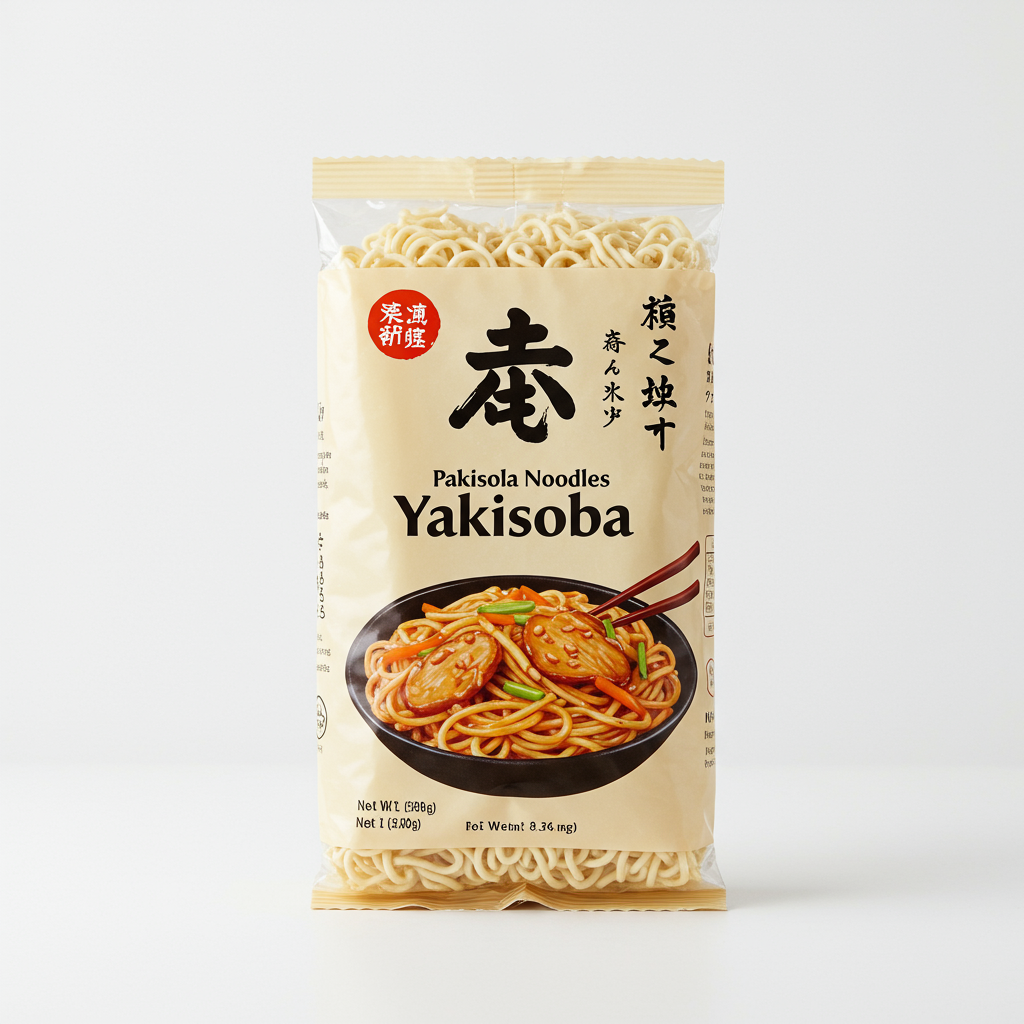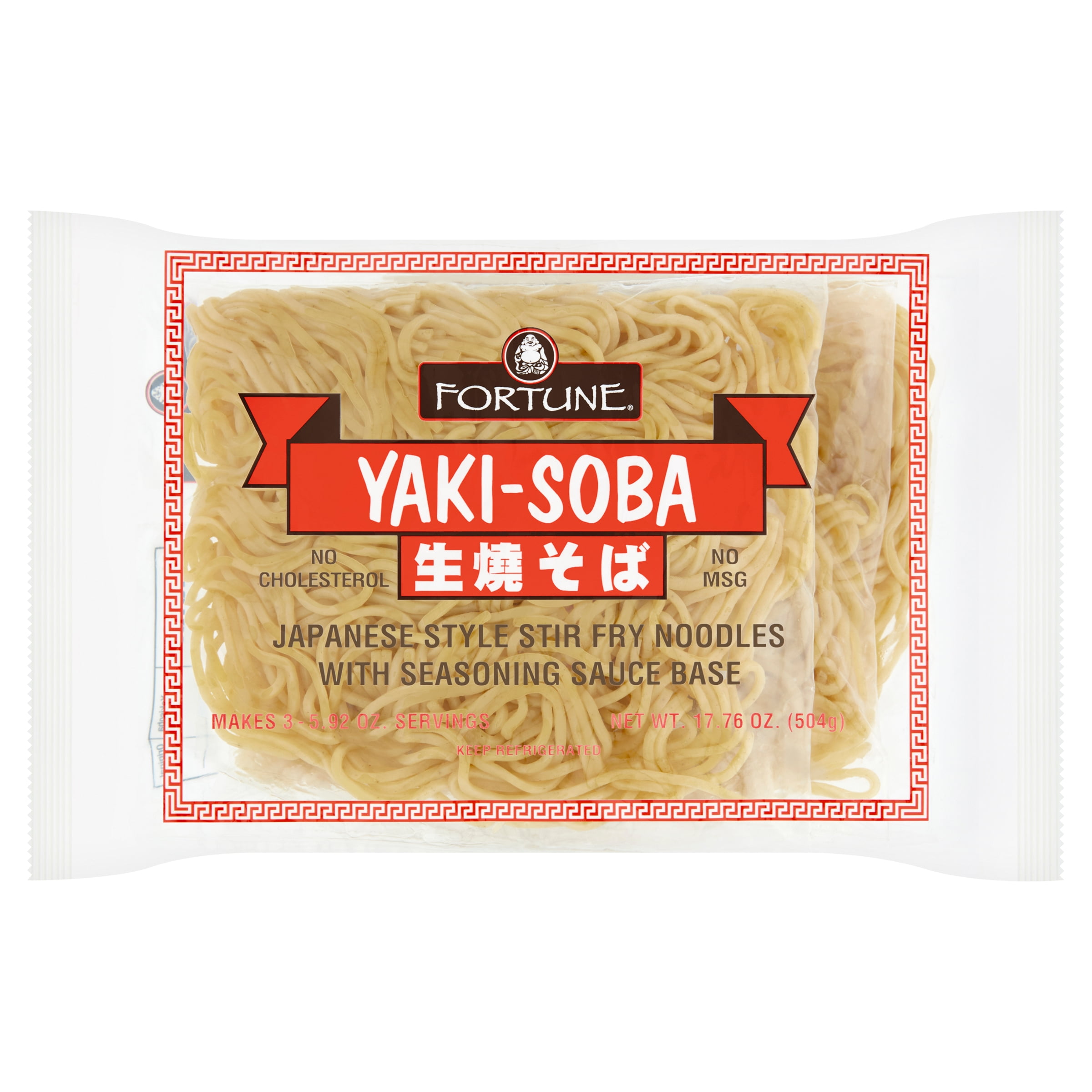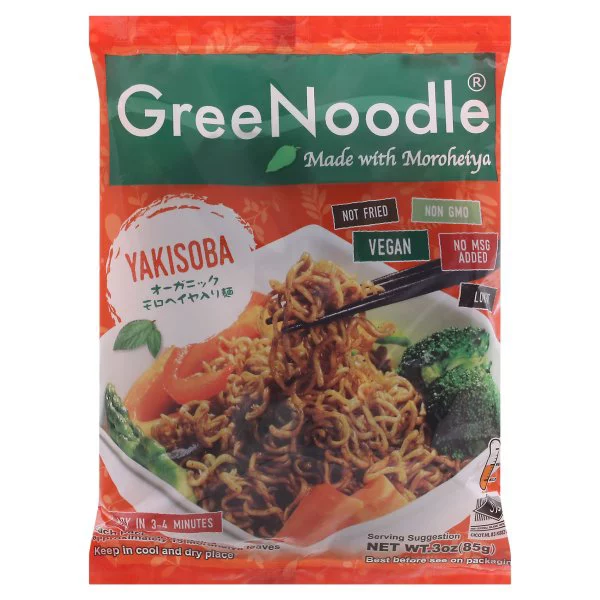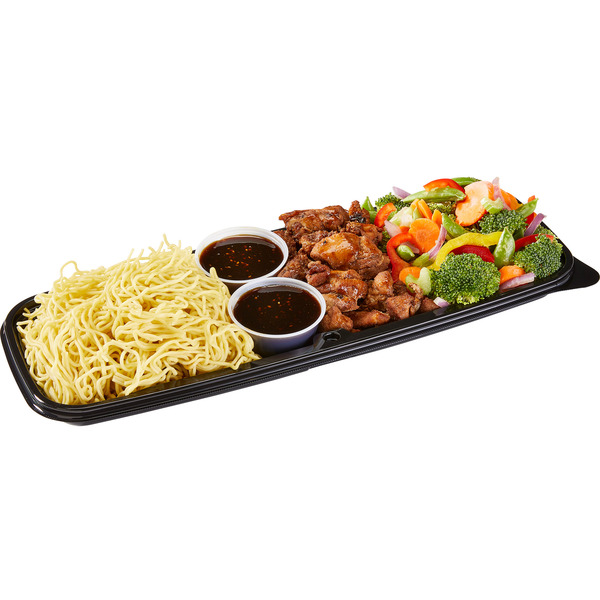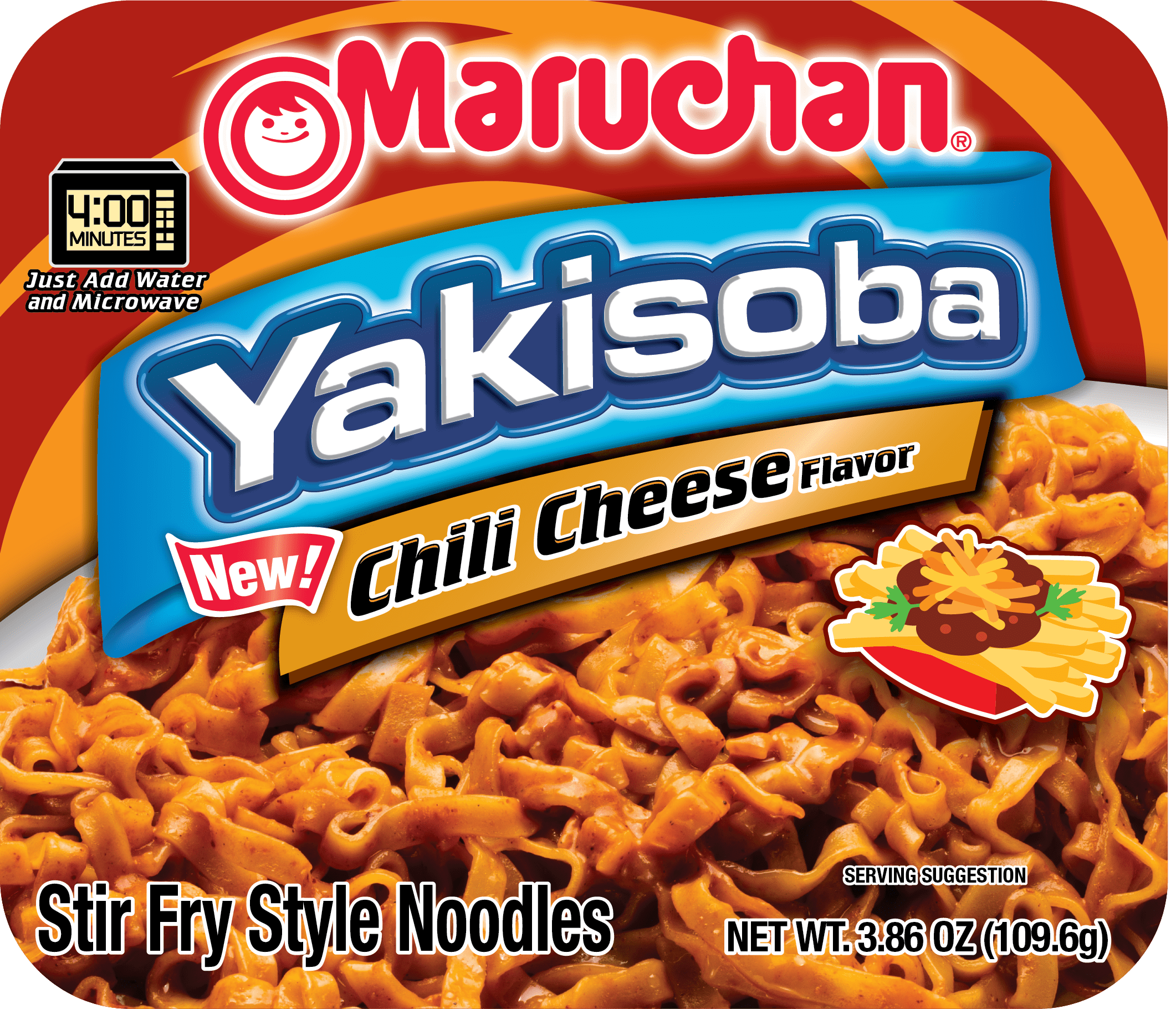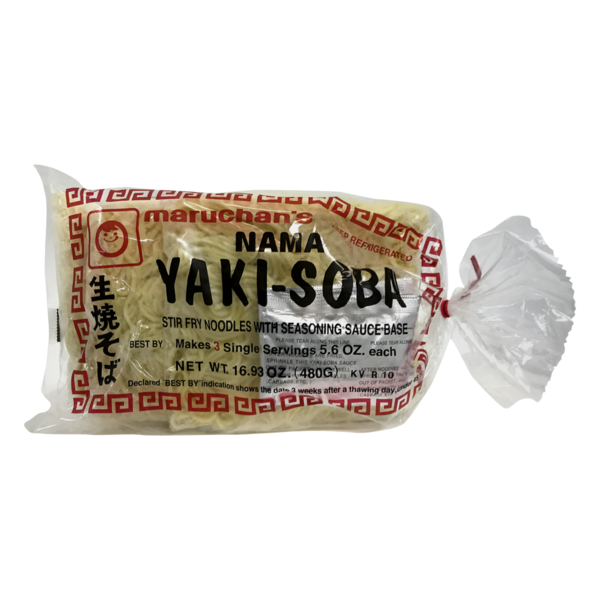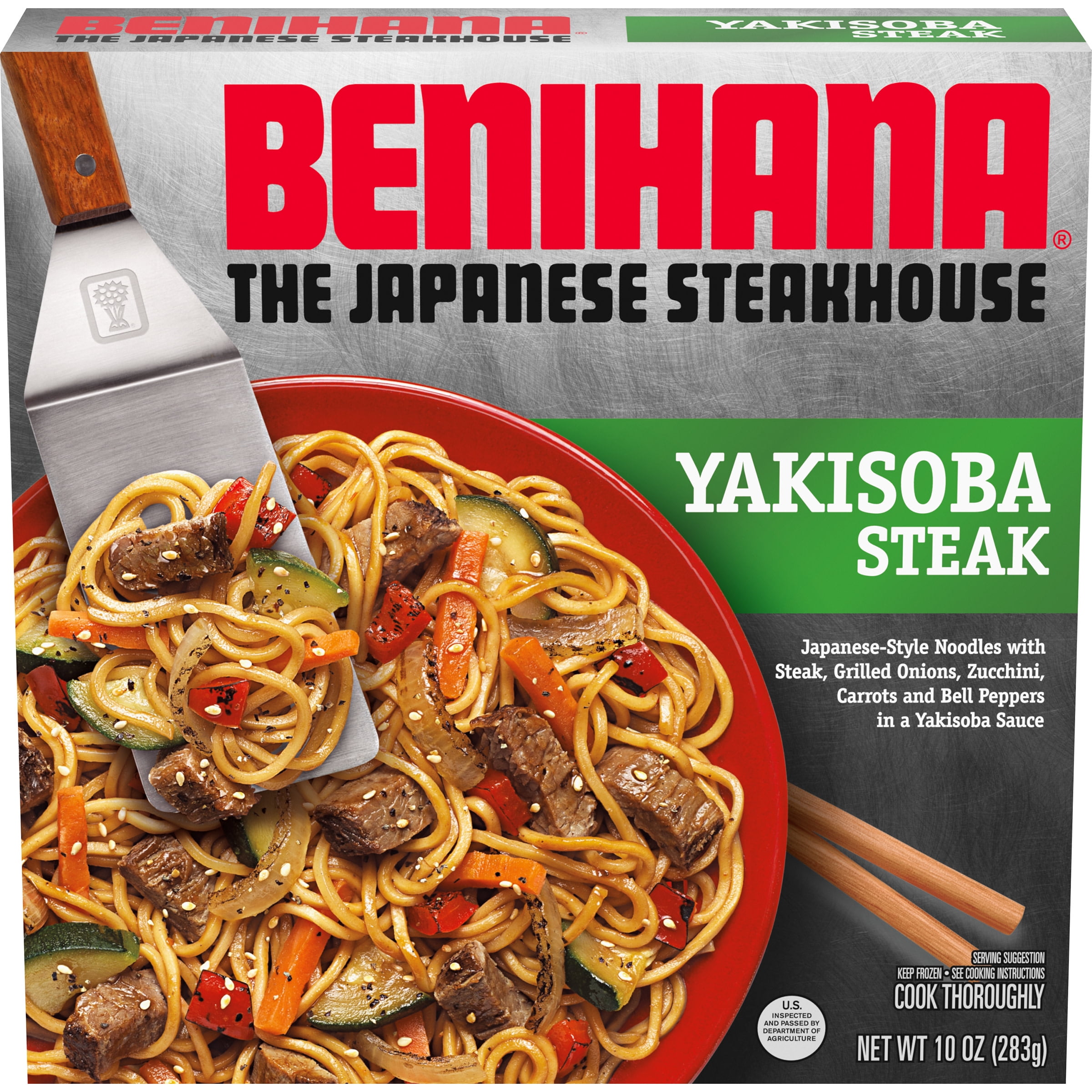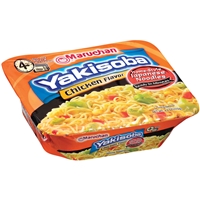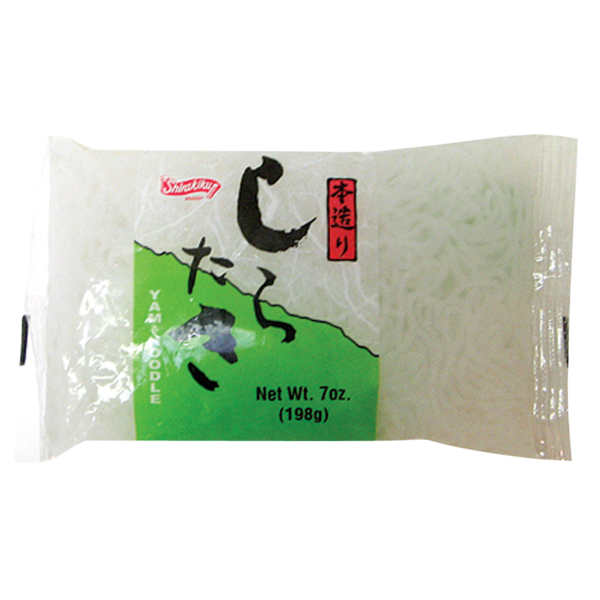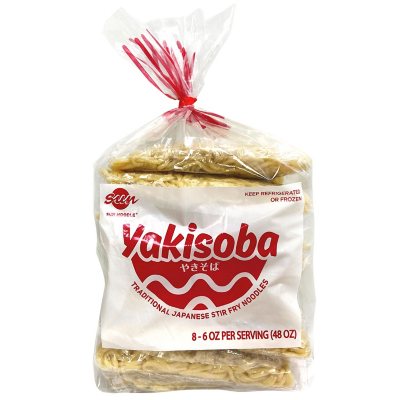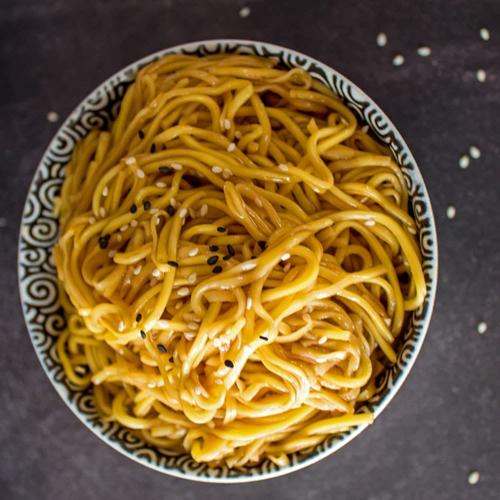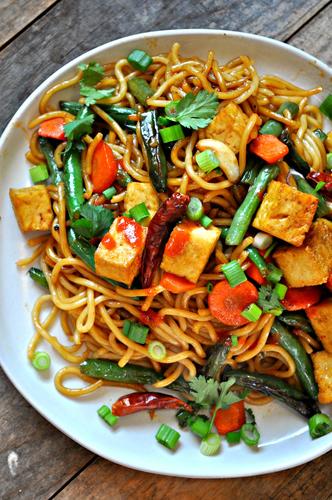MAIN DISHES
SIDE DISHES
SALADS
Yakisoba Noodle
Yakisoba noodles are a popular Japanese dish made from wheat flour noodles that are stir-fried with various proteins and vegetables. These noodles are characterized by their chewy texture and yellow hue, which comes from the addition of kansui, an alkaline solution that imparts a distinct taste and texture. A staple in Japanese cuisine, yakisoba is commonly enjoyed at outdoor festivals, food stands, and restaurants, as well as a quick and filling meal option at home.
To prepare yakisoba, the noodles are first boiled or steamed to soften them before being stir-fried with sliced meats, such as pork or chicken, and chopped vegetables, including cabbage, carrots, and onions. Flavored with a tangy yakisoba sauce made from soy sauce, oyster sauce, and Worcestershire sauce, this savory dish is completed with a garnish of pickled ginger, bonito flakes, and aonori seaweed. Yakisoba offers a deliciously customizable meal option packed with bold flavors and a satisfying, chewy texture.
81%
CARBS
4%
FAT
15%
PROTEIN
102 Yakisoba Noodle Products
Fortune Refrigerated Plant-Based Yaki-soba Noodle, 3 Pack
Greenoodle Instant Noodle Soup, Yakisoba
Kirkland Signature Yakisoba Stir Fry
Ajinomoto Yakisoba with Vegetables, All Natural
Maruchan Yakisoba Chili Cheese Flavor Noodles
Maruchan Stir Fry Noodles With Seasoning Sauce Base
Benihana The Japanese Steakhouse Yakisoba Steak Frozen Meal
Maruchan Yakisoba Chicken Flavor
Shirakiku Yam Noodle
Sun Noodle Yakisoba
Used In 7 Recipes
Yakisoba Noodle Is Frequently Used With
Yakisoba Noodle FAQ
Cooking with yakisoba noodles can seem intimidating, especially for those not familiar with Japanese cuisine. However, these versatile noodles are not only easy to prepare, but they can also transform a simple stir-fry dish into a flavorful and satisfying meal. One common misunderstanding is that yakisoba noodles need to be boiled before stir-frying. While this is a common practice for other types of noodles, yakisoba noodles usually come pre-cooked and only need to be warmed up in the pan during the stir-fire process. Another common confusion is around the seasoning for yakisoba. The right balance of soy sauce, oyster sauce, and Worcestershire sauce can significantly enhance the flavor of the dish. For a more authentic taste, you can also purchase pre-made yakisoba sauce from Asian grocery stores.
To get the most out of yakisoba noodles, make sure to stir-fry them with a variety of vegetables and proteins. This not only boosts the nutritional value of the dish, but also adds layers of flavors and textures. You can also experiment with the garnish; besides the traditional pickled ginger, bonito flakes, and aonori seaweed, try adding sesame seeds or shredded nori for an extra crunch.
A lesser known tip for yakisoba noodles is to add a little bit of oil to the noodles before adding them to the pan. This prevents the noodles from sticking together and ensures each strand gets evenly coated with the yummy yakisoba sauce.
What type of pan is best for cooking yakisoba?
Why do my yakisoba noodles taste bland?
Do yakisoba noodles need to be boiled before stir-frying?
What can I add to my yakisoba for more flavor?
Why are my yakisoba noodles sticky?
Can I use other types of noodles to make yakisoba?
Can yakisoba be made vegetarian or vegan?
Can I use yakisoba noodles for a cold salad?
Can I freeze cooked yakisoba noodles?
What's the best method to reheat leftover yakisoba?
Expiration & Storage Tips
When does yakisoba noodle expire?
Unopened yakisoba noodles can last a very long time in the pantry, typically up to a year or two depending on the brand and production. Compare the expiration date printed on the package to ensure safety. Once you've opened the package, the noodles should be used within a week when stored in the refrigerator. If you've cooked more yakisoba noodles than you can eat, you also have the option to freeze them. In the freezer, cooked yakisoba noodles are good for 1 to 2 months.
How do you tell if yakisoba noodle is bad?
Here are a few signs to look out for when determining if your yakisoba noodles have gone bad. The first one is a change in smell. If the noodles have taken on a sour or off smell, this is a clear indication that they are no longer fresh. Secondly, any sign of mold or discoloration should be a red flag. Lastly, if you touch the noodles and they've become slimy, it's best to discard them.
Tips for storing yakisoba noodle to extend shelf life
• Store unopened yakisoba noodles in a cool, dry place like a pantry.
• If you've opened the packet but didn't use all the noodles, store the leftovers in an airtight container in the fridge.
• Cooked yakisoba can be frozen in an airtight container or a freezer-safe bag to minimize freezer burn. Just be sure to let them cool before storing!
• When defrosting, move the noodles from the freezer to the fridge a day before you plan on using them. Avoid defrosting at room temperature to limit bacterial growth.
EXPIRES WITHIN
19 - 29
MONTHS
Substitutes

Ramen Noodle
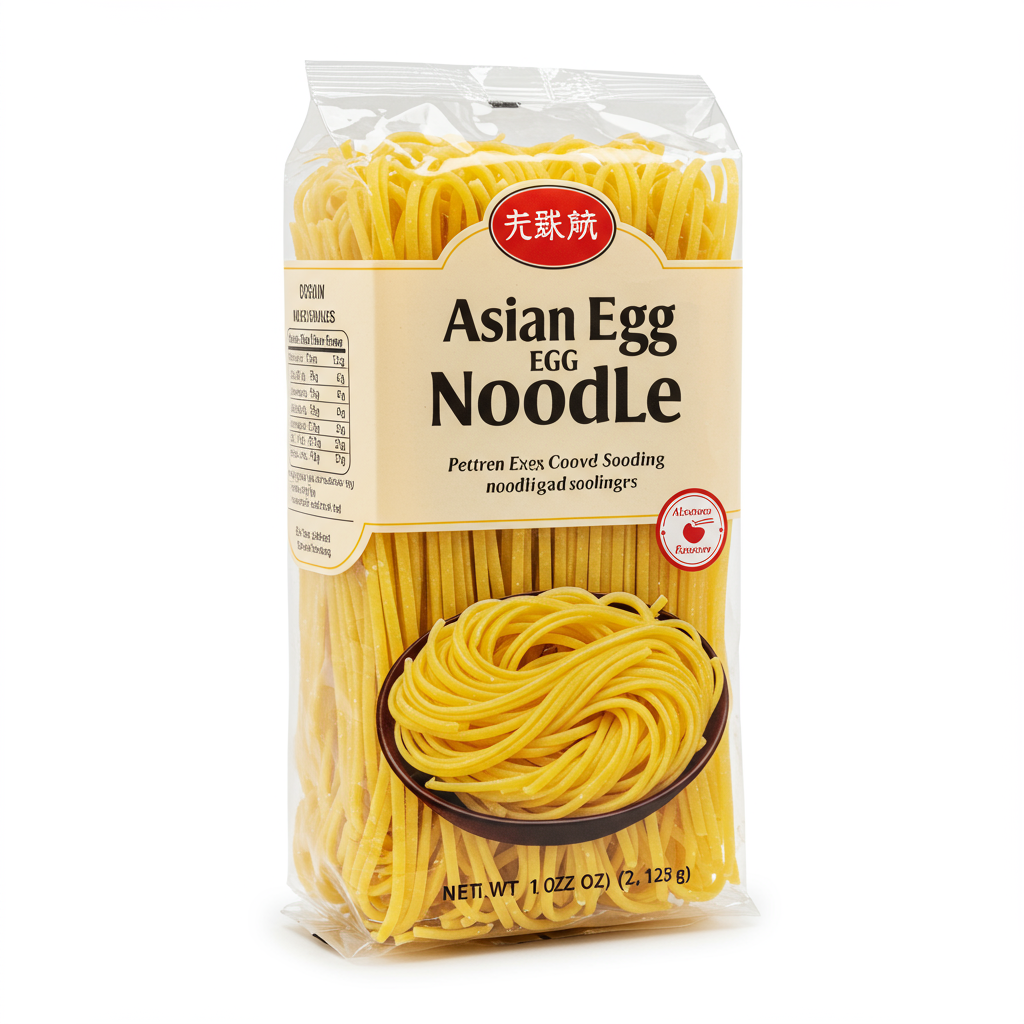
Asian Egg Noodle

Chow Mein Noodle
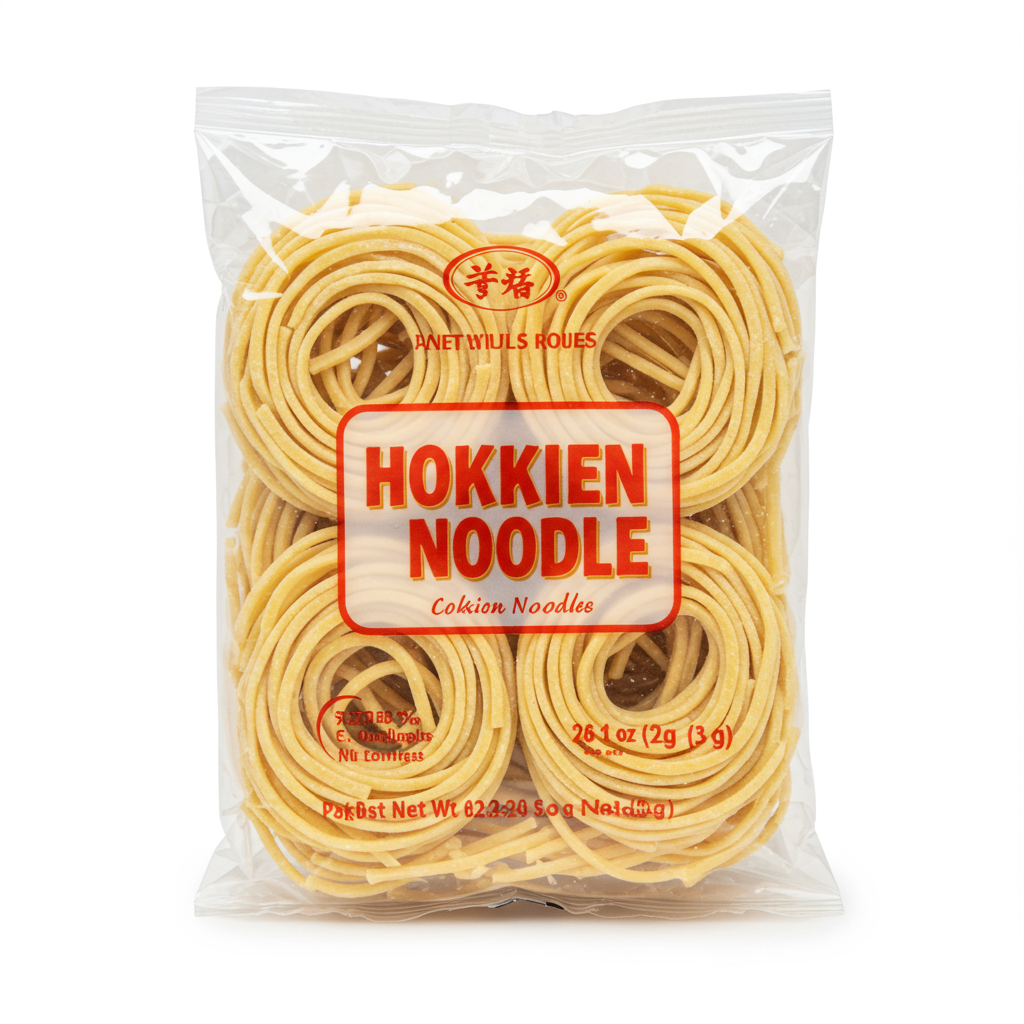
Hokkien Noodle
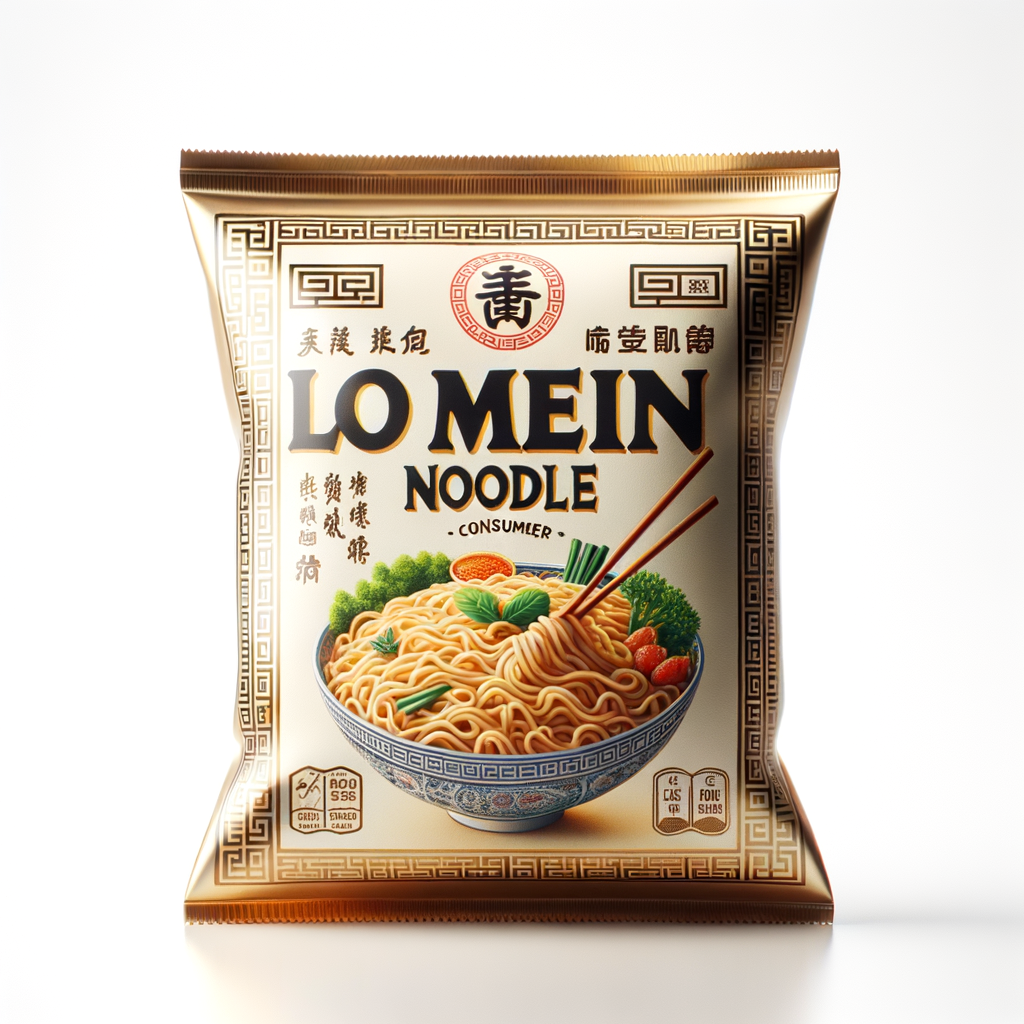
Lo Mein Noodle
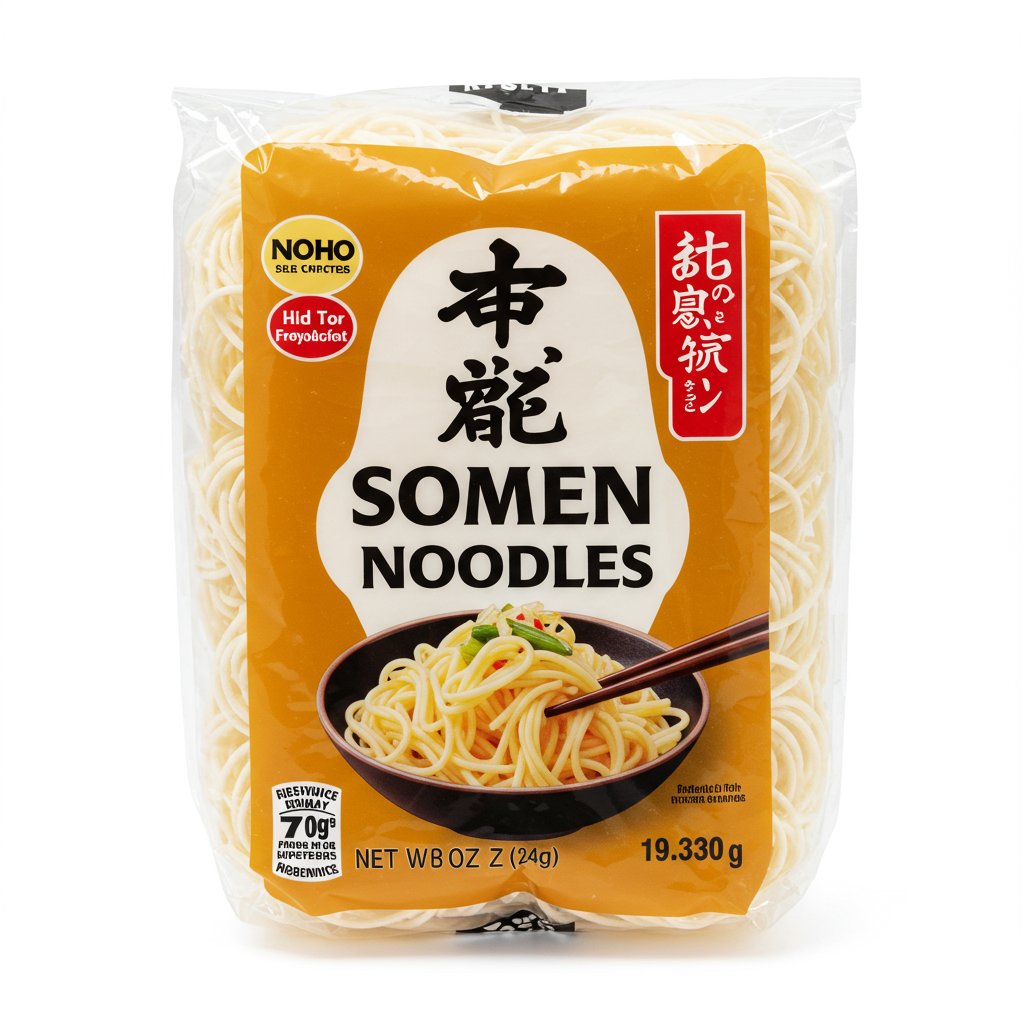
Somen Noodles

Rice Vermicelli

Green Tea Soba Noodle

Shirataki Noodle
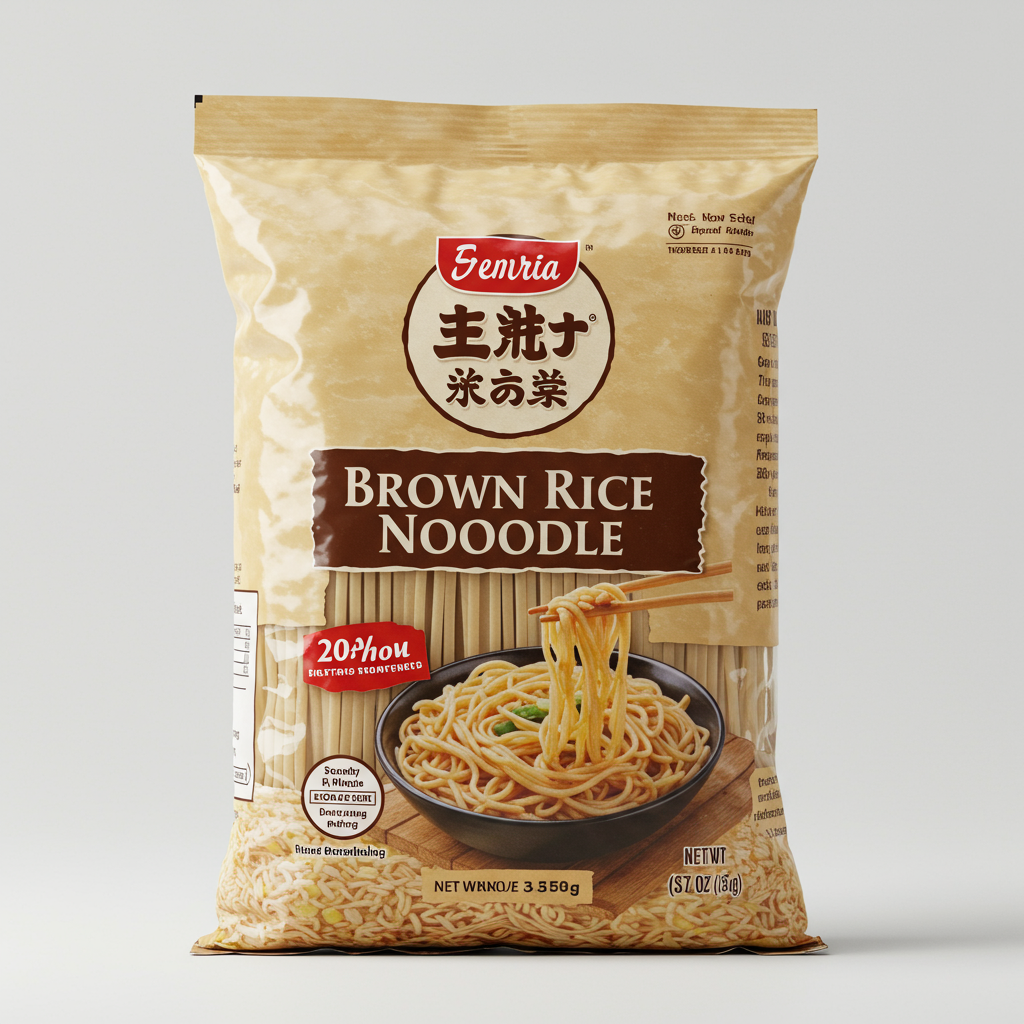
Brown Rice Noodle
See All
Health Info
Macros
65g
CARBS
3g
FAT
12g
PROTEIN
Allowed on these diets
LOW FAT
HIGH CALCIUM
VEGETARIAN
VEGAN
LACTOSE FREE
Contains these allergens
WHEAT
